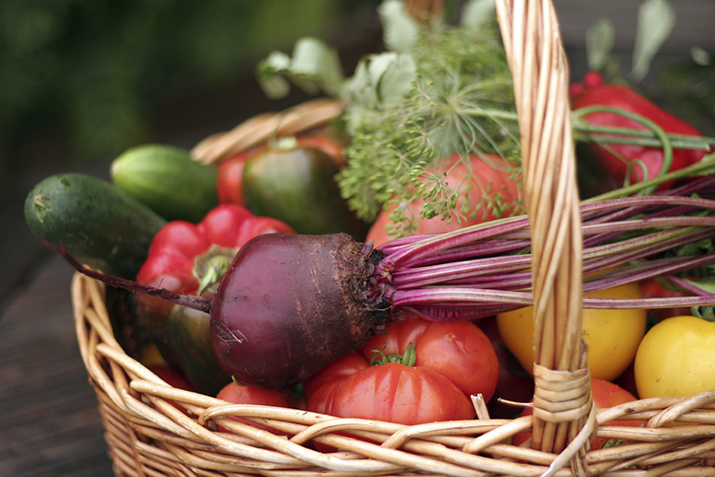Maybe you've noticed the buzz about “eating local,” and you’d like to give it a try—after all, wouldn't it be great to know more about where your food comes from and enjoy the benefits of freshly picked, locally raised foods from right nearby?
While local foods often come from smaller producers that don’t have the mass distribution—and therefore cost savings—of large growers, you can find great local values if you know where to look.
Here are some strategies for enjoying local foods without blowing your grocery budget.
Learn what’s in season
Seasonal foods are more abundant and affordable, and they tend to be picked when ripe, meaning they retain more nutrients and flavor. In the kitchen, you won’t have to do much—or use much—to make these fresh foods delicious. To find out what’s in season in your region, visit our our co-op finder page, enter your zip in the location field, and check out the “What’s Fresh” box.
Get to know local farmers and producers
By shopping regularly at farmers’ markets, you’ll get to know which growers have lower prices. They will guide you to the best seasonal values and might even offer a deal or two. To find farmers’ markets in your area, check out the United States Department of Agriculture's (USDA) comprehensive farmers' market database.
Browse the local foods at your neighborhood co-op
Food co-ops around the country tend to have long-term relationships with local farms and food producers (including producers who may also sell at your local farmers' market), and co-op staff can help point you to the local products in the store. Whether you’re looking for locally produced honey, butter, and eggs or bread, cheese, and sausages, you’re likely to find the co-op to be your “one-stop shop.”
Cook more often
Purchasing whole foods, rather than packaged snacks and prepared meals, will save you a lot on your grocery bill—and turning them into a meal is probably easier than you think. Find great ideas in our Cooking section to get inspired.
Join a community supported agriculture (CSA) program
CSAs—membership programs that offer regular shares of regional farm harvests—tend to be a good bang for your buck. You’ll expand your culinary horizons and get a lot more of those recommended fruits and veggies.
Grow your own
You can start small, with easy-to-grow crops like tomatoes and basil in pots, or go big with your own garden plot. Either way, it's an inexpensive, healthy, and delicious way to enjoy local. Read more about growing your own food.
Try out a few of these tips, and look for sales at your local food co-op. With the right strategy, eating local can be budget-friendly and fun.







